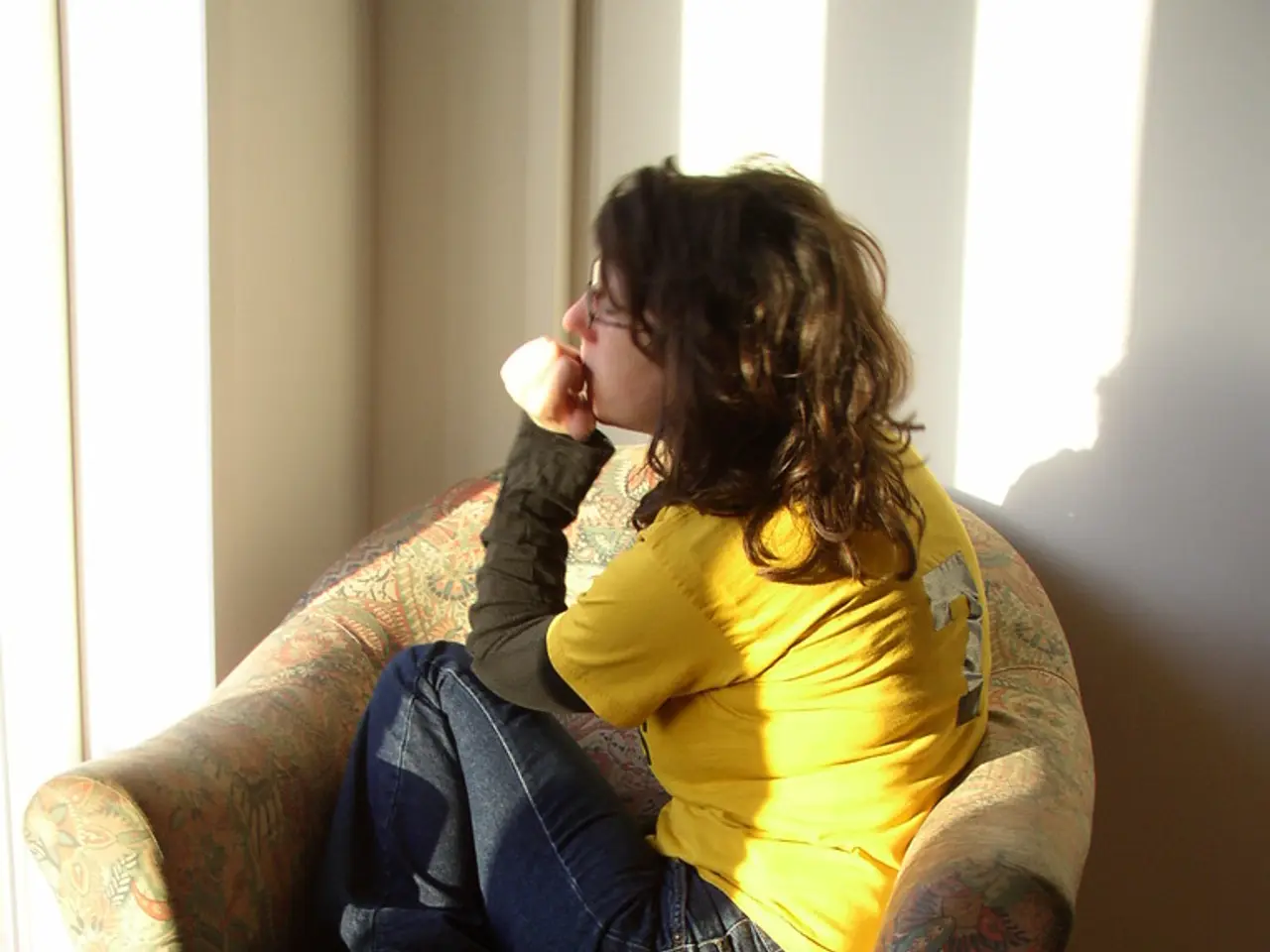Adults Can Develop Scoliosis: Discover the Truth Here
Scoliosis is a condition that affects the spine, causing it to curve abnormally. While it can manifest at any age, understanding the differences between pediatric and adult scoliosis is crucial for effective treatment and management.
Cause and Type
Pediatric scoliosis often involves adolescent idiopathic scoliosis (AIS), which has an unknown cause and most commonly appears between ages 10 and 18 during growth spurts. Other pediatric types include congenital scoliosis (present from birth) and neuromuscular scoliosis (due to conditions like cerebral palsy).
Adult scoliosis, on the other hand, is frequently a continuation of untreated adolescent scoliosis or can develop anew as degenerative de novo scoliosis due to age-related degeneration of spinal discs, joints, and soft tissues.
Progression and Growth Factors
In children and adolescents, scoliosis can progress rapidly during growth spurts because the spine is still developing. In adults, scoliosis progression is typically linked to degeneration and loss of spinal integrity rather than rapid growth. Adult scoliosis often becomes symptomatic as the spine's structural decline leads to pain and functional impairment.
Symptoms
Pediatric scoliosis is often painless initially and might be detected through physical exams or screening since the child may not feel discomfort early on. Adult scoliosis usually presents with pain as a primary symptom, often involving muscle pain, back pain, radiating nerve pain, postural issues (leaning forward or to one side), loss of height, balance problems, and reduced quality of life.
Treatment Considerations
Pediatric scoliosis has more potential for effective conservative treatment, like bracing or physical therapy, due to ongoing growth and malleability of the spine. In adults, scoliosis treatment is often more complex, focusing on pain management and sometimes surgery, especially because the spine is less flexible and degenerative changes complicate correction.
Surgical Options
The goals of surgery in scoliosis cases are to remove significant areas of nerve compression, improve the degree of curvature, and stabilize the spine through a spinal fusion. Surgery might be recommended for adults if the curve progresses or worsens, if symptoms related to spinal stenosis or radiculopathy haven't responded to medical or other treatments over a few weeks, or if there is abnormally increased kyphosis causing back pain and symptoms.
It's important to consider minimally invasive surgical options when appropriate and to work with a doctor who will encourage the best recovery speed while not compromising the long-term results of the surgery. Surgery for adult scoliosis is usually performed over several vertebral levels and requires a surgeon with specialized training and experience in treating adults for scoliosis.
Other Symptoms
Besides the spine curvature, adult scoliosis can cause a range of other symptoms such as back pain, arthritis, disc degeneration, spinal stenosis, radiculopathy, sciatica, and numbness or tingling in the legs.
In summary, pediatric scoliosis is mostly idiopathic and linked to growth with potential for progression and correction, while adult scoliosis results from either untreated pediatric cases or degenerative changes, typically presenting with pain and requiring more complex management. Braces can stop scoliosis progression in teenagers with adolescent idiopathic scoliosis but are not effective at straightening or preventing the curve from progressing further once growth has stopped. It's essential to consult with a doctor to understand the specifics of your condition and the treatment options available to you.
- Science has been working to understand the link between aging and health-and-wellness, exploring how conditions like autism and chronic-diseases, including medical-conditions such as degenerative de novo scoliosis, may contribute to the physical challenges faced during the aging process.
- With the increasing rate of chronic diseases, it is vital to recognize the differences between pediatric and adult scoliosis, as understanding these differences can aid in the management of both adolescent idiopathic scoliosis and the degenerative de novo scoliosis that may arise from aging.
- Effective treatment for medical-conditions like scoliosis can always benefit from advancements in science, specifically concentrating on understanding the underlying causes of diseases like adolescent idiopathic scoliosis, exploring new treatment options for conditions like degenerative de novo scoliosis, and enhancing health-and-wellness for those living with chronic diseases as they age.




